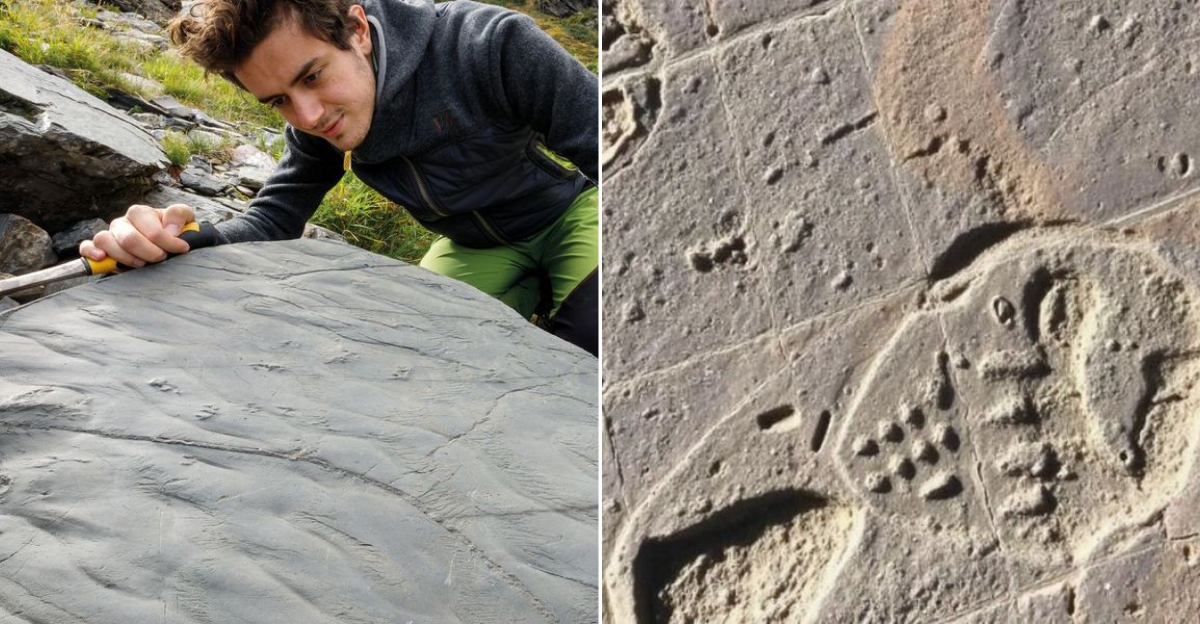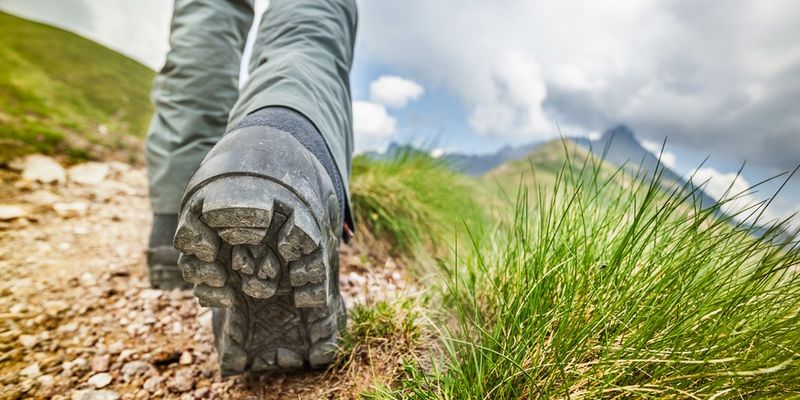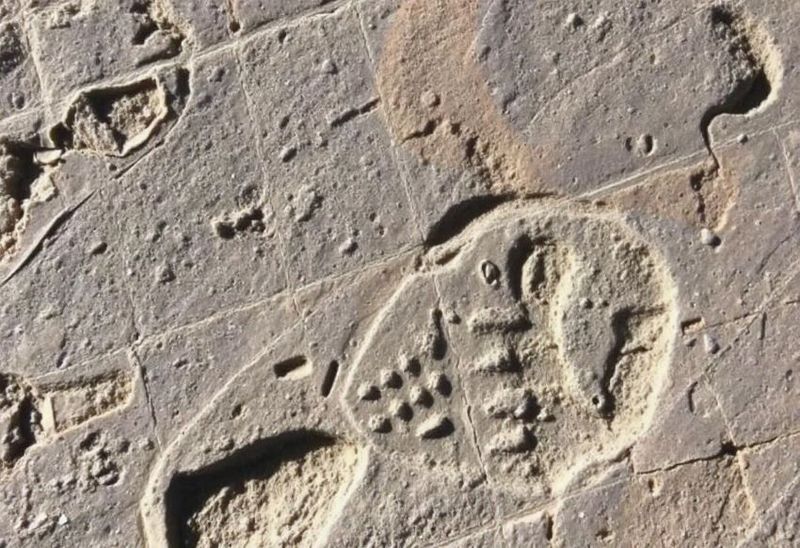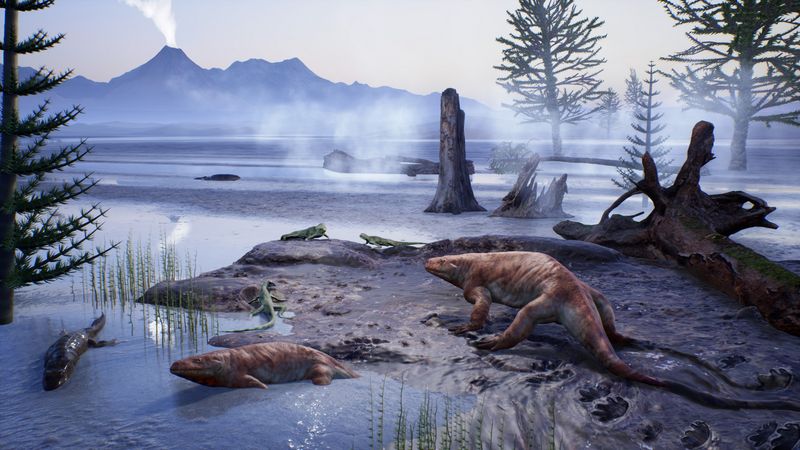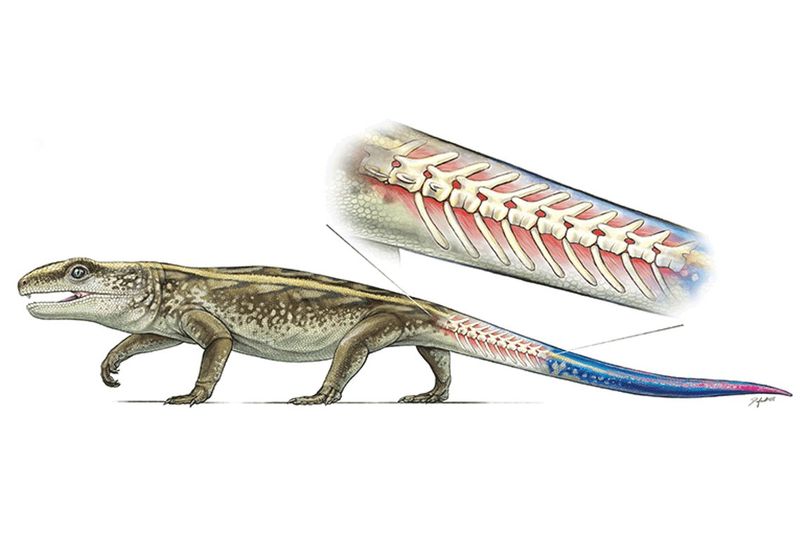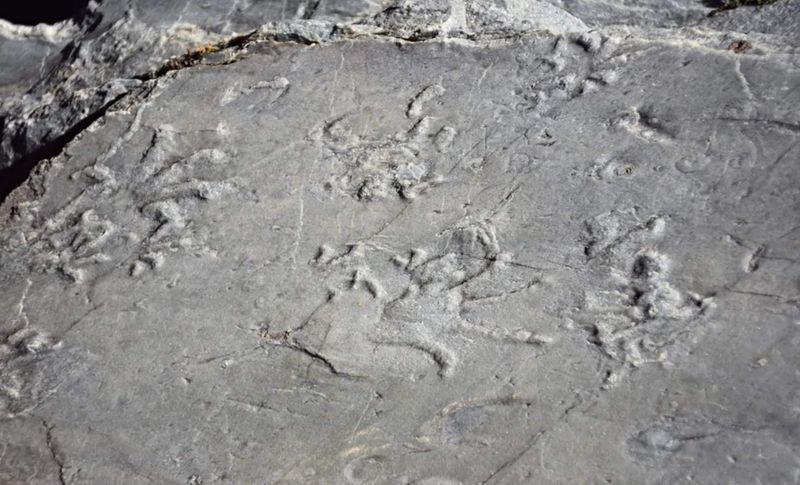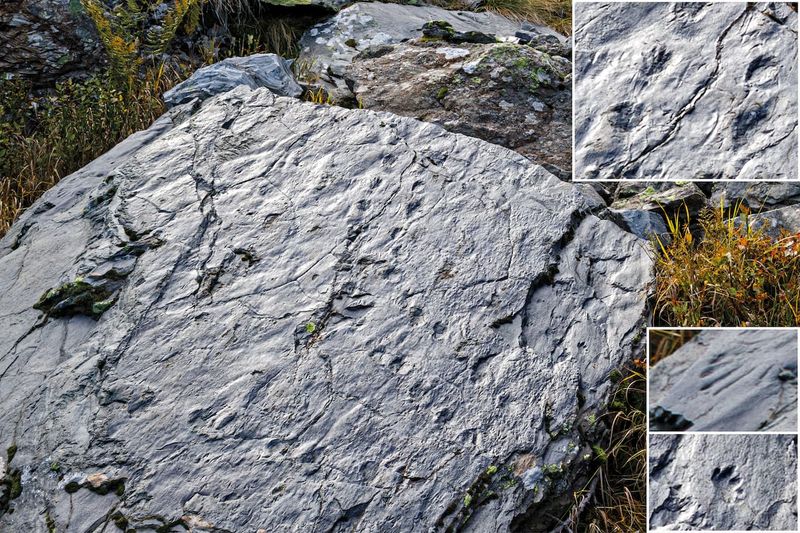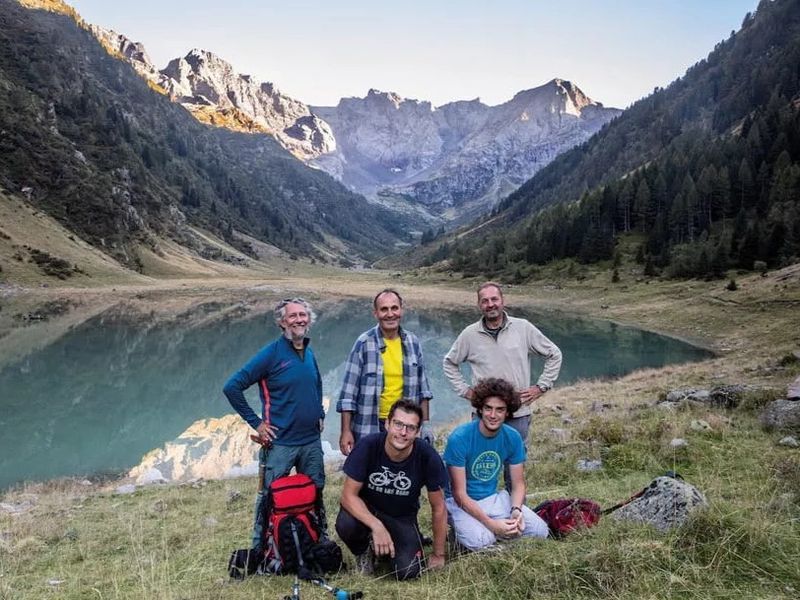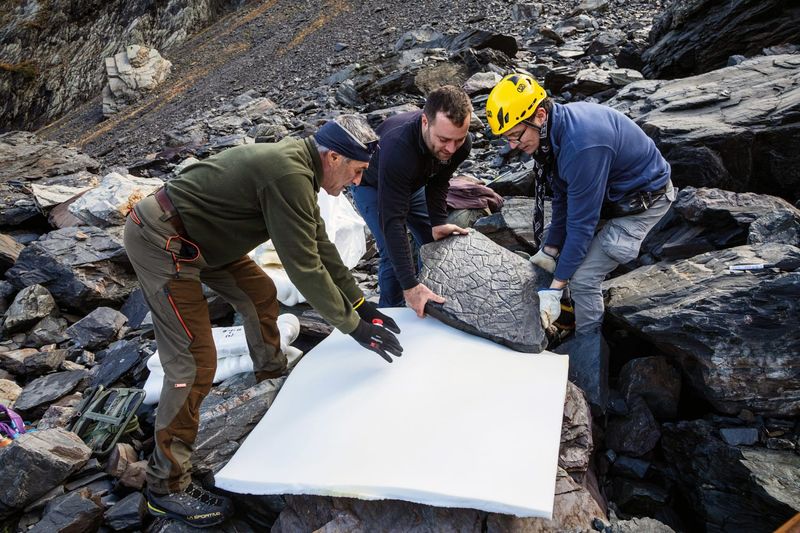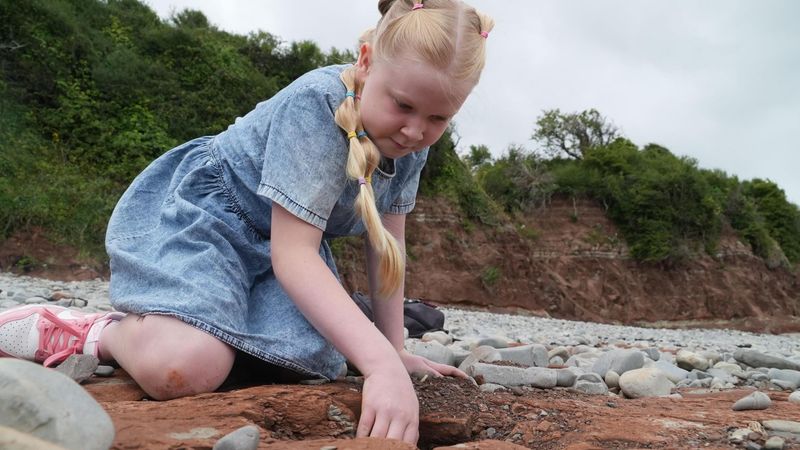When Claudia Steffensen and her husband set out for a simple hike in the Italian Alps, they never expected to stumble across one of the most astonishing fossil discoveries of the decade. But what started as a scenic stroll turned into a brush with deep prehistoric history. Here’s what makes this lost world so incredible:
1. Found by Accident—During a Vacation Hike
Claudia Steffensen wasn’t a scientist on an expedition. She was just enjoying a trek in Lombardy’s Valtellina Orobie Mountains when she spotted unusual markings on a rock. These markings turned out to be footprints frozen in stone for hundreds of millions of years. It’s a reminder that even a casual hike can turn into a historical discovery. As Claudia navigated the rocky paths, little did she know she was walking atop history. How often does a vacation become an archaeological find? This serendipitous encounter proves that sometimes, discoveries are just around the corner.
2. The Footprints Are Older Than Dinosaurs
The fossilized tracks Claudia found belong to a creature from the Permian period, which predates the first dinosaurs by over 30 million years. This era, known for its unique and diverse life forms, presents a time when life on Earth was starkly different. The discovery offers a glimpse into an ancient ecosystem that flourished long before the age of dinosaurs. It’s a fascinating reminder of Earth’s incredibly rich and varied past, offering insights into an era rarely explored.
3. This Area Was Once a Tropical Swamp
Long before it became part of the Italian Alps, this mountainous region was part of a lush, swampy ecosystem teeming with prehistoric life. The landscape, now rugged and elevated, was once a flat, waterlogged expanse. This dramatic transformation over millions of years speaks to the Earth’s dynamic nature. The discovery of such a fossilized trackway emphasizes the incredible geological changes our planet undergoes. It’s astounding to think of the different climates and habitats that have come and gone.
4. Fossils Belong to a Reptile You’ve Never Heard Of
Scientists believe the footprints were made by a reptile from the Captorhinid group—a family of early reptiles that scurried across Earth well before the rise of mammals and birds. These creatures were small, nimble, and adapted to their swampy habitats. While not as famous as their dinosaur successors, Captorhinids played a crucial role in the evolutionary timeline. Their existence paints a picture of a world filled with unique and lesser-known creatures that contributed to the evolutionary tapestry. Learning about such creatures adds depth to our understanding of Earth’s ancient biodiversity.
5. Footprints Are Shockingly Well-Preserved
Despite being 280 million years old, the footprints show incredible detail—including claw marks and toe pads. It’s as if the creature walked by just yesterday, leaving an indelible mark on the stone. This level of preservation is rare and offers scientists valuable insights into the creature’s behavior and environment. The clarity of these prints allows for detailed study and analysis, providing clues about the movement and lifestyle of early reptiles. Such well-preserved fossils are like time capsules, offering a direct connection to the distant past. Their discovery is a scientific boon.
6. Discovery Verified by a Full Research Team
After the find, experts from the University of Milan were called in to examine the site. Their study confirmed the tracks were genuine and matched the Permian period’s timeline. The collaboration between amateur discovery and professional verification highlights the importance of teamwork in scientific exploration. The research team meticulously analyzed the site, ensuring the footprints’ authenticity and providing a detailed understanding of their significance. This collaborative effort underlines how public interest and scientific expertise can together unravel history’s mysteries, bridging the gap between casual observation and academic research.
7. First of Its Kind in This Region
This is the first known Permian fossil trackway ever discovered in the Valtellina Orobie Mountains, putting the region firmly on the paleontological map. The find underscores the region’s potential as a site of rich prehistoric significance. As scientists delve deeper, more ancient secrets may be unearthed, offering further glimpses into Earth’s distant past. The discovery encourages exploration and research, as this area might hold more fossils waiting to be found. Adding to Italy’s historical allure, this region now promises to be a focal point for those eager to understand prehistoric life.
8. Find Could Lead to More Prehistoric Discoveries
Experts believe this could be just the tip of the iceberg. The area might still be hiding more fossils from the same lost world—maybe even bones or plant imprints. The discovery opens the door to countless possibilities, each fossil potentially rewriting parts of our understanding of prehistoric life. The promise of more findings fuels excitement within the scientific community and among amateur enthusiasts. As more treasures are unearthed, our comprehension of ancient ecosystems will grow, offering a fuller picture of life in those primordial times. The potential for new discoveries is exhilarating.
9. Shows How Much of Earth’s History Remains Hidden
The discovery highlights how much of our planet’s ancient past still lies beneath our feet—sometimes literally, right along a hiking trail. It’s a poignant reminder that history isn’t just confined to museums or textbooks; it can be found in the most unexpected places. Each fossil uncovered is a piece of the Earth’s vast historical puzzle, waiting to be placed. As we continue to explore and discover, we unveil the secrets held within the earth, revealing stories of worlds long gone. This find emphasizes the endless wonders of our planet’s historical narrative.
10. Anyone Can Make History
You don’t need to be a scientist to make a groundbreaking discovery. Sometimes, all it takes is a curious eye, a love of nature—and being in the right place at the right time. Claudia’s experience serves as an inspiration for all nature enthusiasts, proving that history can be uncovered by anyone with a keen sense of observation. This story is a testament to the potential of amateur discoveries sparking scientific breakthroughs. It reminds us that the thrill of discovery is within reach for everyone, encouraging people to explore and observe their surroundings.
